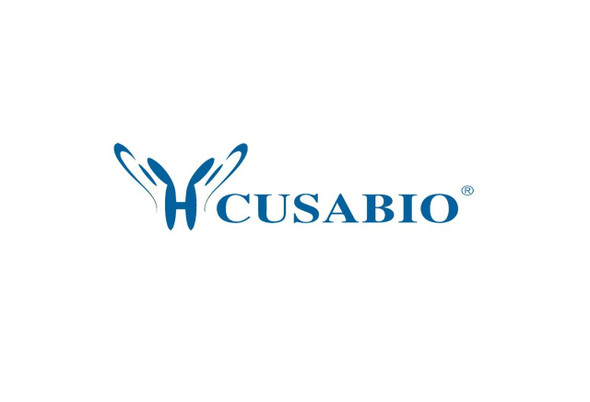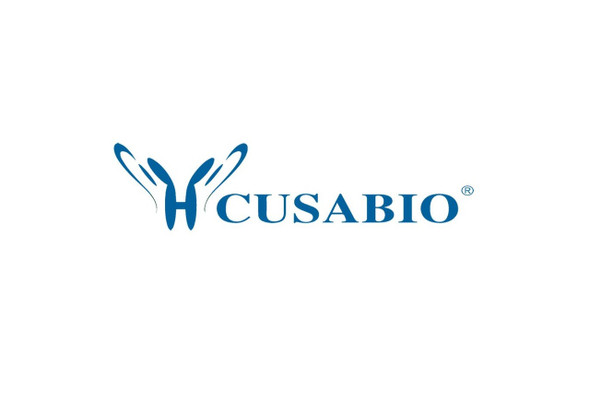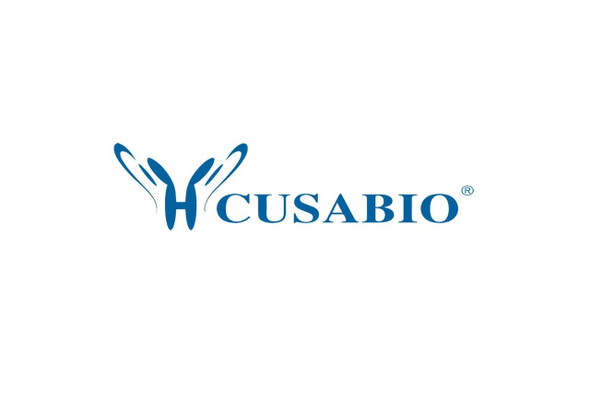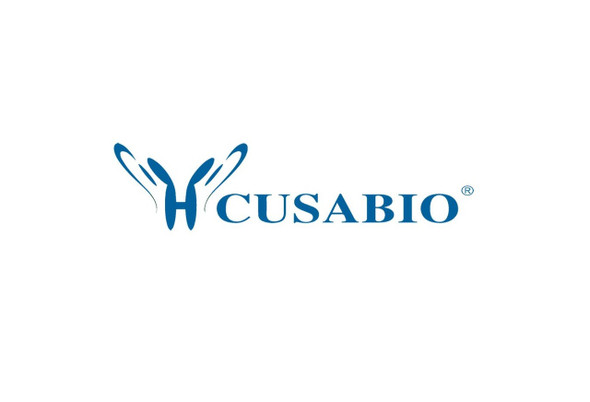Cusabio Mouse Recombinants
Recombinant Mouse Voltage-gated hydrogen channel 1 (Hvcn1) | CSB-CF661026MO
- SKU:
- CSB-CF661026MO
- Availability:
- 18 - 23 Working Days
Description
Recombinant Mouse Voltage-gated hydrogen channel 1 (Hvcn1) | CSB-CF661026MO | Cusabio
Alternative Name(s): Hydrogen voltage-gated channel 1 Short name: HV1 Voltage sensor domain-only protein Short name: mVSOP Bts, Vsop
Gene Names: Hvcn1
Research Areas: Immunology
Organism: Mus musculus (Mouse)
AA Sequence: MTSHDPKAVTRRTKVAPTKRMSRFLKHFTVVGDDYHTWNVNYKKWENEEEEEEPAPTSAEGEGNAEGPDAEAGSASTPRQSLDFRSRLRKLFSSHRFQVIIICLVVLDALLVLAELLLDLKIIEPDEQDYAVTAFHYMSFAILVFFMLEIFFKIFVFRLEFFHHKFEILDAFVVVVSFVLDLVLLFKSHHFEALGLLILLRLWRVARIINGIIISVKTRSERQILRLKQINIQLATKIQHLEFSCSEKEQEIERLNKLLKQNGLLGDVN
Source: in vitro E.coli expression system
Tag Info: N-terminal 10xHis-tagged
Expression Region: 1-269aa
Sequence Info: Full Length
MW: 36.7 kDa
Purity: Greater than 85% as determined by SDS-PAGE.
Relevance: Mediates the voltage-dependent proton permeability of excitable membranes. Forms a proton-selective channel through which protons may pass in accordance with their electrochemical gradient. Proton efflux, accompanied by membrane depolarization, facilitates acute production of reactive oxygen species in phagocytosis.
Reference: "A voltage sensor-domain protein is a voltage-gated proton channel." Sasaki M., Takagi M., Okamura Y. Science 312:589-592(2006)
Storage: The shelf life is related to many factors, storage state, buffer ingredients, storage temperature and the stability of the protein itself. Generally, the shelf life of liquid form is 6 months at -20?/-80?. The shelf life of lyophilized form is 12 months at -20?/-80?.
Notes: Repeated freezing and thawing is not recommended. Store working aliquots at 4? for up to one week.
Function: Mediates the voltage-dependent proton permeability of excitable membranes. Forms a proton-selective channel through which protons may pass in accordance with their electrochemical gradient. Proton efflux, accompanied by membrane depolarization, facilitates acute production of reactive oxygen species in phagocytosis.
Involvement in disease:
Subcellular Location: Membrane, Multi-pass membrane protein, Cell membrane, Multi-pass membrane protein
Protein Families: Hydrogen channel family
Tissue Specificity: Enriched in immune tissues, such as bone marrow, macrophages and spleen.
Paythway:
Form: Liquid or Lyophilized powder
Buffer: If the delivery form is liquid, the default storage buffer is Tris/PBS-based buffer, 5%-50% glycerol. If the delivery form is lyophilized powder, the buffer before lyophilization is Tris/PBS-based buffer, 6% Trehalose, pH 8.0.
Reconstitution: We recommend that this vial be briefly centrifuged prior to opening to bring the contents to the bottom. Please reconstitute protein in deionized sterile water to a concentration of 0.1-1.0 mg/mL.We recommend to add 5-50% of glycerol (final concentration) and aliquot for long-term storage at -20?/-80?. Our default final concentration of glycerol is 50%. Customers could use it as reference.
Uniprot ID: Q3U2S8
HGNC Database Link: N/A
UniGene Database Link: UniGene
KEGG Database Link: KEGG
STRING Database Link: STRING
OMIM Database Link: N/A









